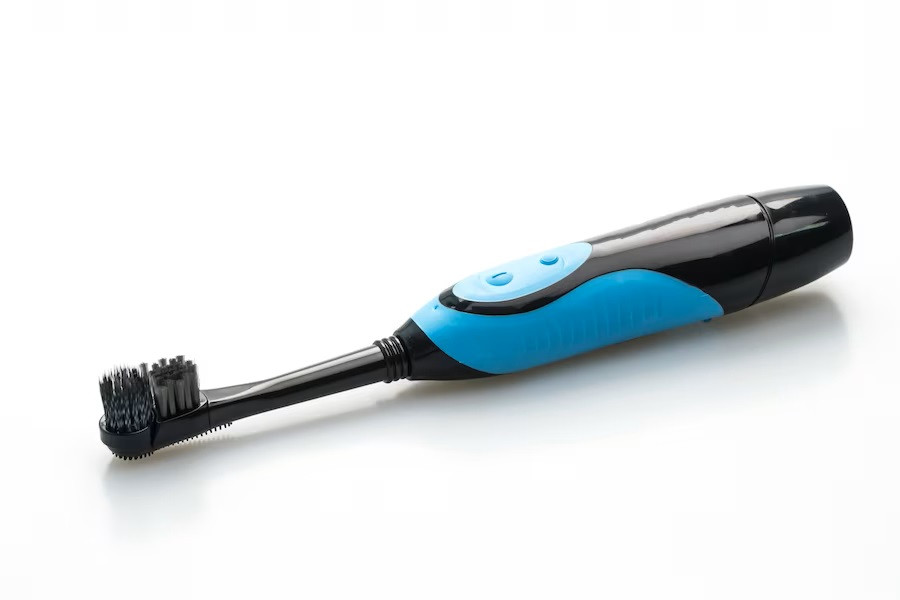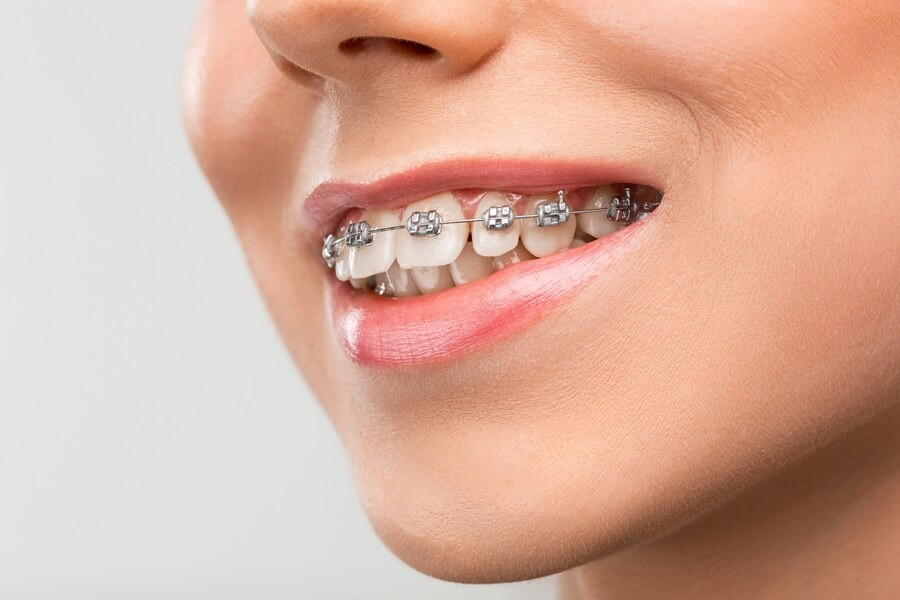Tooth extraction is a common medical procedure for teeth that are damaged, diseased, or beyond repair. Tooth extraction is not performed carelessly. This procedure is necessary if you have dental caries, a a severe tooth infection, teeth that are too brittle, abnormal tooth growth,, or to prevent further tooth decay.
Although tooth extraction is a relatively safe procedure, it does carry some risks. This is why the dentist will first decide whether or not to-extract the tooth in your case.
What exactly happens during a tooth extraction?
The tooth extraction procedure begins with an initial examination, which includes assessing the condition of the tooth and oral cavity. The doctor may need to take X-rays to determine the tooth's position, root structure, and the health of the surrounding tissues.
If it is determined that you require a tooth extraction, you will be given a local anesthetic to relieve pain during the procedure. Anesthesia also helps to alleviate discomfort during the extraction.
Tooth extraction is done with special tools called elevators and forceps. If the tooth has complex roots, the root may need to be cut to make extraction easier, after which the dentist will clean the socket to ensure that no tooth or tissue remains. If necessary, the wound will be closed with self-dissolving stitches.
Afterward, the dentist will provide post-extraction care instructions, such as how to care for the wound, manage pain, prevent infection, and maintain healthy teeth and gums.
Common side effects after tooth extraction
Minor bleeding at the site of tooth extraction is normal and common.It usually stops within a few hours of the procedure. You will be given a gauze compress to apply to the area to stop bleeding.
Aside from bleeding, there are some common side effects that may occur, including:
- Swelling in the extraction area and usually resolves within 48 hours after extraction
- Discomfort, which can be managed with anti-inflammatory or painkillers
- Difficulty opening the mouth fully due to swelling
- Bad breath is a side effect of the blood clot that forms
Risks and complications of tooth extraction
In addition to the common side effects, you must be aware of the risks and complications that may occur during tooth extraction, including
Infection
Infection is one of the risks associated with tooth extraction; it can occur if the wound is not properly cleaned or treated. You should be aware of infection symptoms such as excessive swelling, bad breath, fever, and the presence of pus.
Dry socket
A dry socket is a painful dental condition caused by the premature removal of a blood clot that is intended to protect and accelerate the healing process in the socket of an extracted tooth.
Nerve injury
Nerve injury around the tooth may occur in some cases, particularly when wisdom teeth are extracted. This causes a temporary or permanent loss of sensation or numbness.
Maxillary sinus perforation
Sinus perforation occurs when a dental implant or other dental material penetrates or enters the maxillary sinus cavities. This usually occurs during dental surgical procedures, particularly those near the maxillary sinus.
Tooth extraction can be an unpleasant experience for some people. However, this is the best option if your tooth has been damaged and the doctor has determined that tooth extraction is the best solution.
You should see your doctor again if you have a fever of 38 degrees Celsius or higher, pus coming out of the extraction site, or pain that does not go away despite taking the prescribed medication.
If you need medical advice or consultation, you can either visit a doctor or make use of the consultation features that are available in the Ai Care application by downloading the Ai Care application from the App Store or Play Store.
Looking for more information about other diseases? Click here!
- Sean Edbert Lim, MBBS
Cleveland Clinic (2021). Tooth Extraction. Available from: https://my.clevelandclinic.org/health/treatments/22120-tooth-extraction
Alisha Gadhia and Tom Pepper (2023). Oral Surgery: Extraction of Teeth. Available from: https://www.ncbi.nlm.nih.gov/books/NBK589654/
Yolanda Smith, B.Pharm. (2021). Tooth Extraction Risks. Available from: https://www.news-medical.net/health/Tooth-Extraction-Risks.aspx
John Hopkins Medicine. Surgical Site Infections. Available from: https://www.hopkinsmedicine.org/health/conditions-and-diseases/surgical-site-infections
Mayo Clinic (2023). Dry socket. Available from: https://www.mayoclinic.org/diseases-conditions/dry-socket/symptoms-causes/syc-20354376
NHS UK (2021). Wisdom tooth removal. Available from: https://www.nhs.uk/conditions/wisdom-tooth-removal/complications/
Yousef Mohamed Sala et al. (2024). Clinical Outcomes of Maxillary Sinus Floor Perforation by Dental Implants and Sinus Membrane Perforation during Sinus Augmentation: A Systematic Review and Meta-Analysis. Available from: https://www.mdpi.com/2077-0383/13/5/1253











